
In the middle of October, at the "crossroads" of the week, we walked through the center of Bucharest, following the breweries of yesteryear. No worries - many of them still "function" only in the stories told with talent and passion by Damian Anfile (our guide), one of those people who not only know history, but also know how to make it come alive.
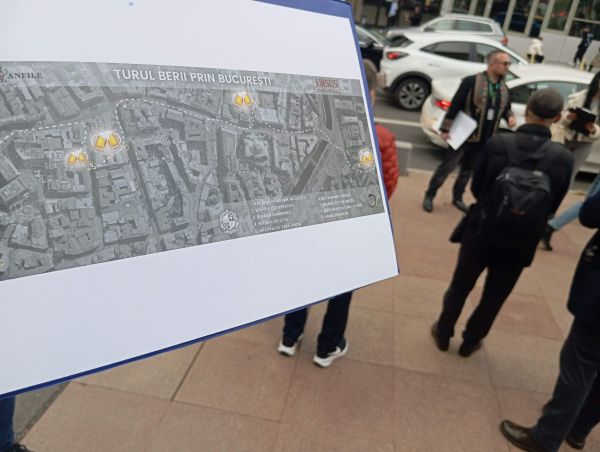
The walk took place at the invitation of Ursus Breweries, under the conviction that beer is always better when it has a story to go with it. In just 90 minutes, we traversed almost two centuries of history, following a broken axis on the map of the Capital: from the Dragomir Niculescu Grocery Store and the Cooperativa Brewery, to Gambrinus, Helvetia, the Union Summer Garden, the Berlin Restaurant, the Victor Mircea Brewery, the Carul cu Bere, so that the final "dismount" and hydration would take place, naturally, at Hanul lui Manuc.
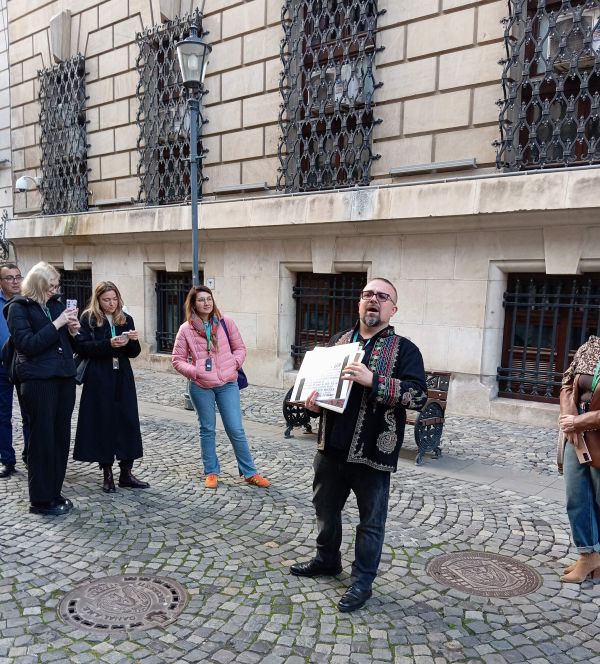
This journey did not lack Ion Luca Caragiale, Alexandru Macedonski, Iancu Brezeanu or Cezar Petrescu - characters who, like their favorite breweries, remained part of Bucharest's living memory.
Two centuries of urban culture compressed into an hour and a half of leisurely walking, among buildings that, even if they have changed, retain the echo of times gone by.
• Gambrinus and the spirit of Caragiale
First stop: Gambrinus Brewery, a place full of legend. Once upon a time, Ion Luca Caragiale, patron, playwright and observer of the slum world, reigned here. You can almost see him, leaning over the counter, scolding a waiter and whispering a memorable line for "Conu Leonida”. Damian Anfile tells us how Caragiale received his customers with ironic joviality and how, every evening, the tables were filled with journalists, actors and noisy students. "Gambrinus was a small Parliament of Bucharest back then”, says the guide, with a smile that seems to testify to the fact that he knows all the lines on the lips of the clientele of the past.
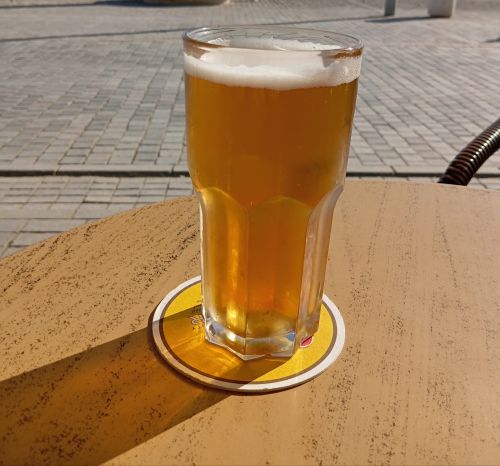
• Helveţia, Berlin and other disappeared worlds
From Gambrinus we walked to the place where the Helveţia Brewery used to be, frequented by artists and bohemians, then to the Berlin Restaurant, an elegant place, with round tables and German menus, preferred by diplomats and passing officers. Anfile shows us black and white photos: gentlemen with canes, ladies in wide hats, young men with fine mustaches. In a 120-year-old beer hall, you could learn more about the city than from a current tourist guide. We then passed the Union Summer Garden, now an almost forgotten space. In the interwar period, an orchestra played here every evening, and the air smelled of lime and hops. "A place where you went not just for beer, but for conversation,” says Anfile. A form of socializing that I gradually lost.
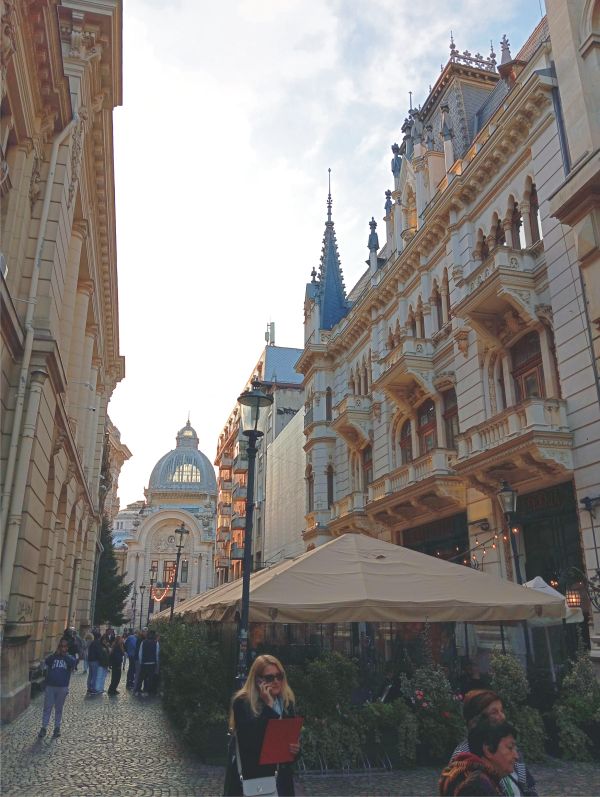
• Inns that still remember
As the light faded and the footsteps became slower, we arrived at the Beer Cart. The Gothic facade shone in the evening light, and inside it was bustling. Tourists were taking pictures, the waiters were moving to the rhythm of a well-rehearsed urban ballet. Despite the modernization, the place still exudes the same 19th-century elegance. "Breweries were, in their way, popular theaters,” says someone in the group. The finale finds us at Hanul lui Manuc, a place to stop and hydrate after two centuries covered in 90 minutes. The courtyard is filled with tables where, if you have enough imagination, you can see the customers of yesteryear.
• A story with a bitter and sweet taste

The walk ends with the same feeling you get after a good beer: slightly dizzy with history, but still clear in mind. The Bucharest of the breweries of yesteryear is a city that has not completely disappeared, but has only hidden among modern advertisements and glossy shop windows. Perhaps it is there, between a Caragiale smiling from a yellowed photograph and a tourist raising a glass, that the true essence of the Capital lies: a city that tells its story best when you listen to it with a drop of foam in your glass. After this walk, the center of Bucharest is no longer just a space between two boulevards, but a sentimental map drawn by the voices of those who have passed through here - writers, actors, brewers, journalists, dreamers. I left with the feeling that, beyond the concrete and shop windows, the city still has a heart. And if you stop a little and listen, you can hear it beating: in the clink of glasses, in the hum that rises to the sky from Lipscani, in the story calmly told by a man who loves Bucharest and knows how to make it come alive.













































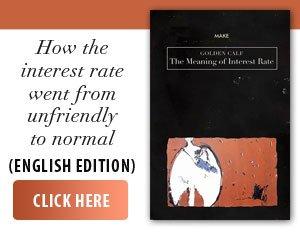




Reader's Opinion